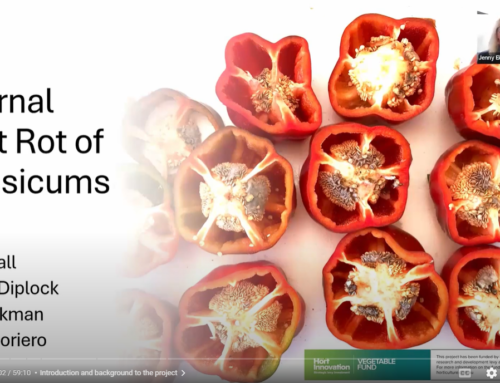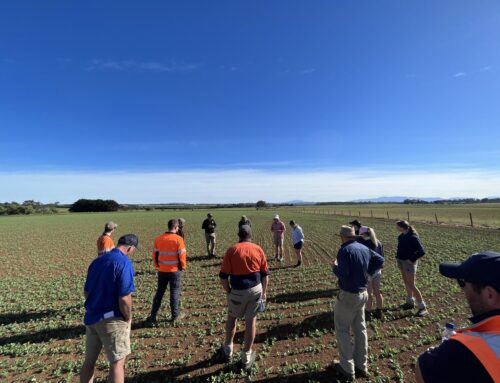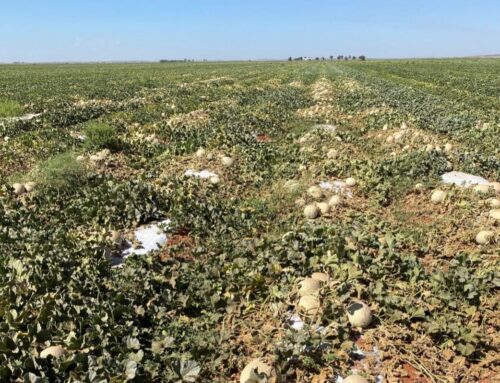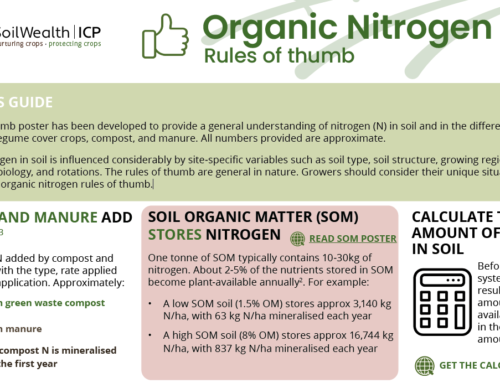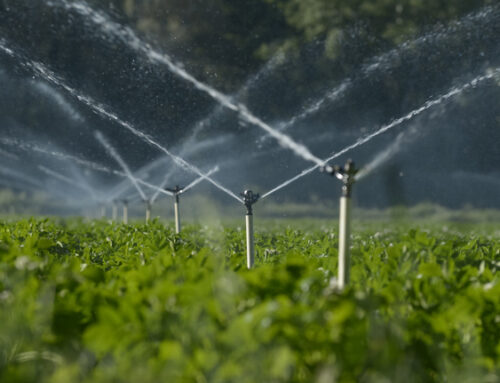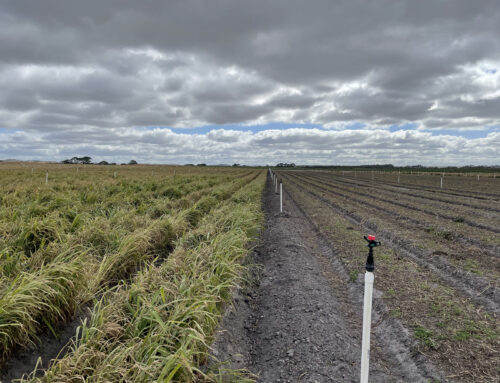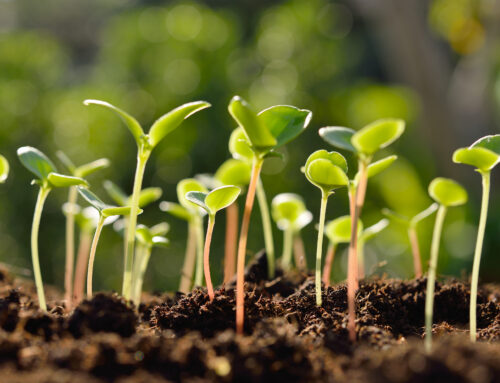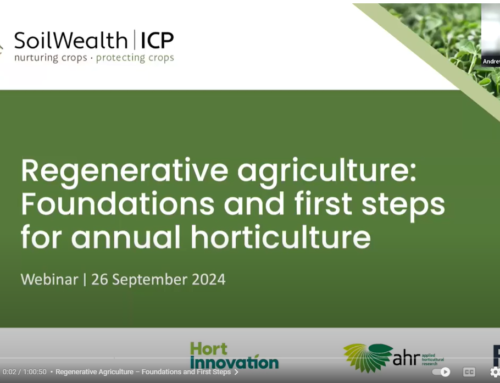The profitability and productivity of your greenhouse can be significantly improved by minimising the losses caused by pests and diseases. Effective pest and disease management practices, once established, are also very likely to reduce overall chemical and labour costs.
Plant diseases in a typical greenhouse enterprise may be costing you as much as 15% of your potential income. Serious pest damage can regularly take another 10% from your bottom line. If you were growing one hectare of cucumbers (or about 20 tunnel houses), at a market price of $10 /carton, the loss due to pests and diseases and the cost of trying to control them with pesticides alone would be around $20,000. Using a combination of preventative practices, you could at least halve this and save hours of your time.
This guide contains a comprehensive list of important practices that will help reduce the problems caused by pests and diseases. It also contains prompt questions that you can use to put in place your own integrated, preventative strategy that works.
Preventative pest and disease management is about planning, cleaning and quarantining. This requires being organised, consistent and using a relevant plan for your farm. A good plan will ensure that you are able to
- keep growing areas and equipment clean and disinfected and
- use basic practices to stop pests and diseases getting into your greenhouse. Prevention is cheaper than treatment.
No single practice on its own can completely prevent pests and diseases causing losses to your crop and to your business. There are many different strategies and specific control options or tactics that can be used in and around a greenhouse to manage pest and disease problems.
Each option will tend to
- have a different impact,
- affect different pests and diseases
- have a different cost or benefit.
The key to cost effective pest and disease management is integrating the most suitable strategies from all the available options and establishing a solid prevention program.


